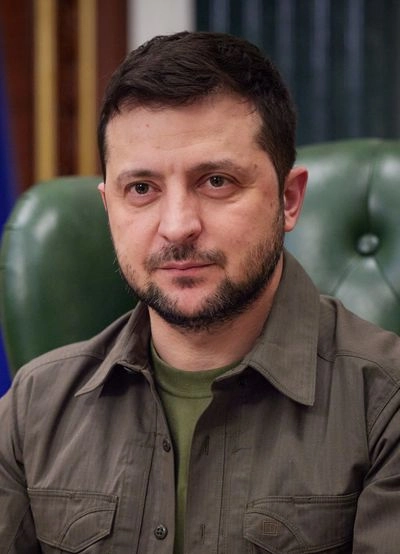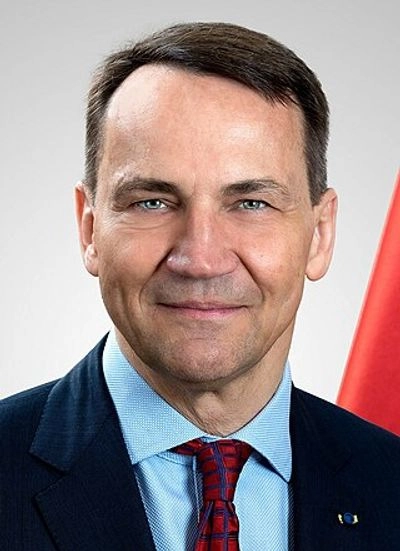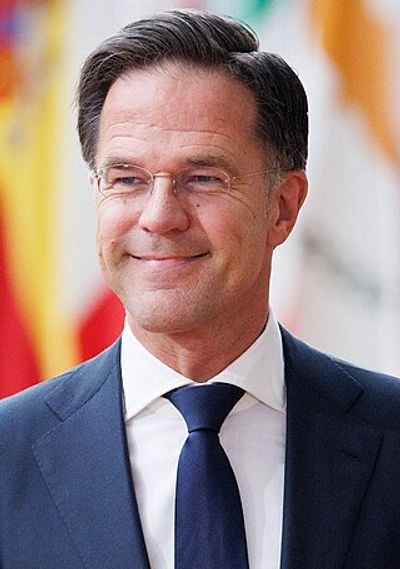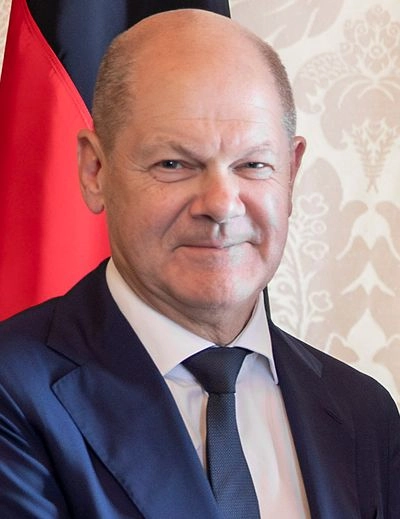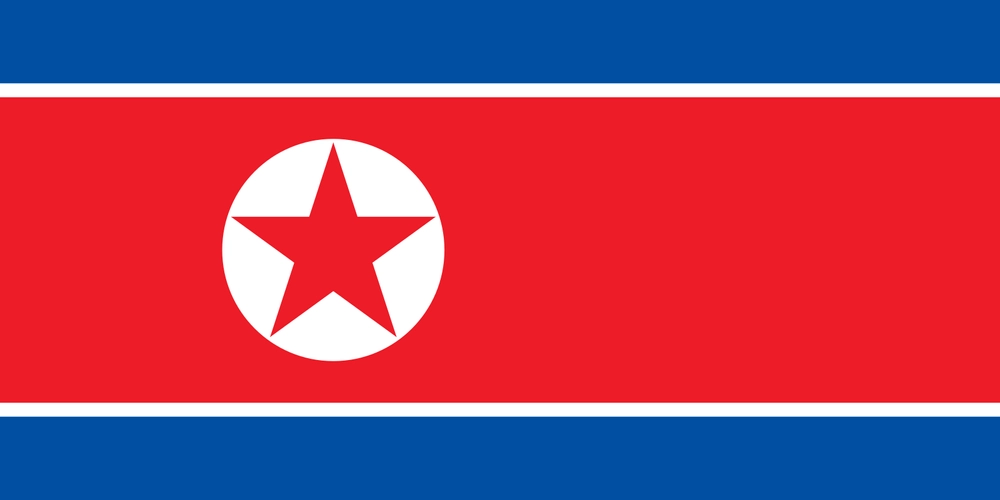
Financing of environmental protection activities among the countries of the world is “stuck” as the limit of public funds is reached
Kyiv • UNN
Rich countries have reached the limit of environmental financing, failing to raise the required $200 billion annually. At the COP16 summit, they agreed on a plan to attract private capital and are looking for new sources of funding.
At COP16, private capital is being sought to fill the gap in conservation financing around the world.
Writes UNN with reference to Reuters.
A number of rich countries may have reached a limit in how much they are willing to pay for nature conservation around the world. At the COP16 talks in Cali, Colombia, countries failed to figure out how they would mobilize $200 billion annually for nature conservation by 2030.
State funds have already been used as much as we can. Now we have to look for other sources of funding
About private capital:
Delegates to the COP16 summit agreed on a plan to charge pharmaceutical and other companies for the use of genetic information in research and development of new commercial products.
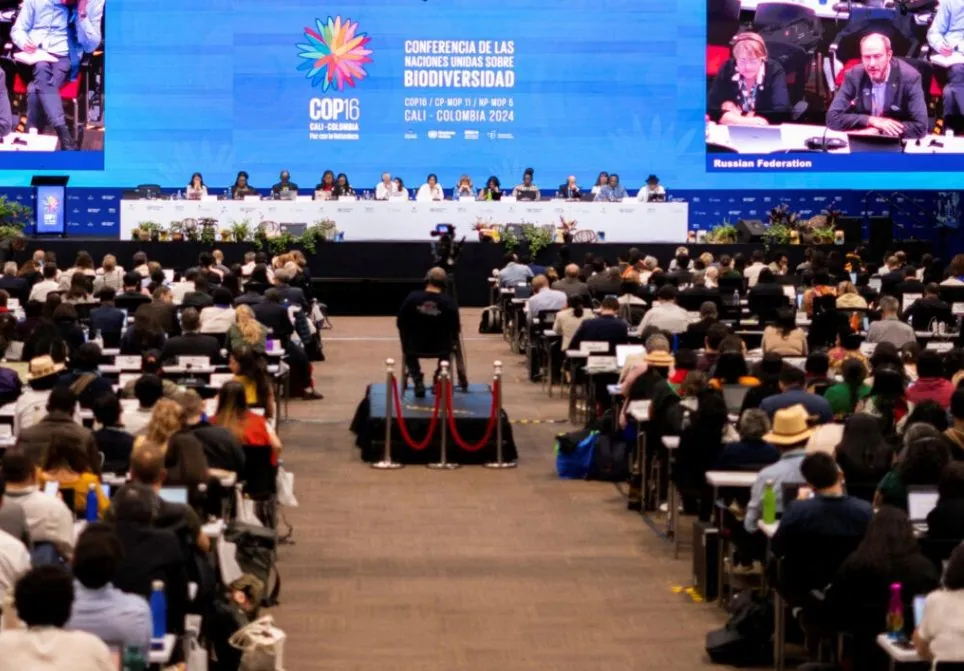
Experts estimate that the plan could bring in about $1 billion annually.
But this still falls short of the billions needed to stop the destruction of ecosystems such as the Amazon rainforest or coral reefs. The world needs to develop ways to attract private investment in projects that promote conservation, says Marcos Neto, Director of Global Policy at the United Nations Development Program.
So far, at COP16, UN Secretary-General Antonio Guterres has demanded new contributions from countries to the Global Biodiversity Framework.
According to Reuters, countries have pledged $163 million in contributions to the fund, bringing total contributions to about $400 million. But still, this appears to be an insufficient contribution to reach the goal of $30 billion from countries by 2030.





















